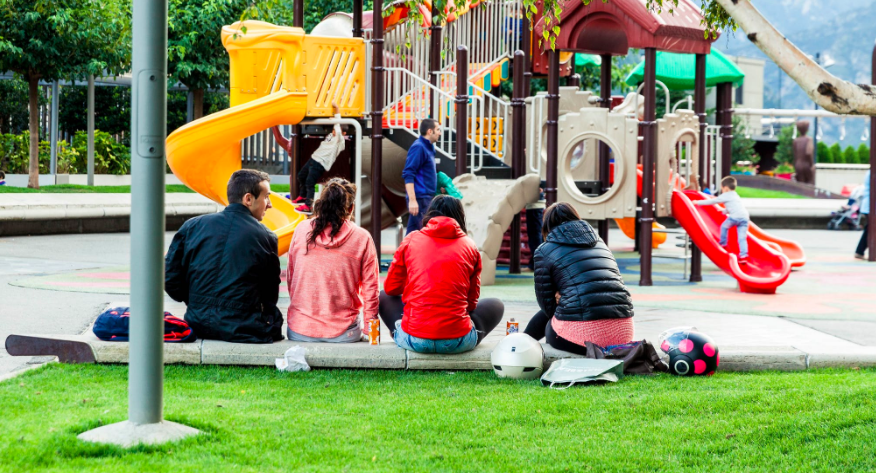Learning by definition is a process through which we apply cognitive principles that we’ve acquired over time. Everyone has different styles and preferences within the classroom setting. Many of us embrace change and the challenges that we encounter with open arms when it comes to quenching our boundless thirst for knowledge. This is no exception for those with learning challenges and advancements have been made to help students adjust despite some setbacks.
Several inclusion programs offered within schools helps students to become more comfortable with learning in a regular classroom. Mainstreaming means that students have to prove they can stay on target with their daily assignments to remain in the class. This is an essential skill to learn to prep for college and a long term successful career. Preparing children early is key. If we provide the tools and guidance, youth will be more inclined to stick with it and eventually take flight on their own!
Inclusion-based education entitles children to support services such as more time to complete quizzes and examinations. However, unlike mainstreaming they don’t have to work as hard. As long as pupils benefit from learning, the objective for inclusion has been met. Students can participate in partial or full inclusion programs depending on their educational needs and program availability.
The concept of full inclusion involves students remaining in a traditional environment with their peers. The nature of the challenges people face with a learning difference or physical challenge is irrelevant.
Many teachers like the thought of students participating in inclusion first before being mainstreamed. Generally speaking, inclusion’s premise is all students can be placed in a normal classroom when they have appropriate resources provided to them. When there aren’t sufficient tools for students with learning differences to enhance their abilities with inclusion programs, they’ll most likely be mainstreamed.

